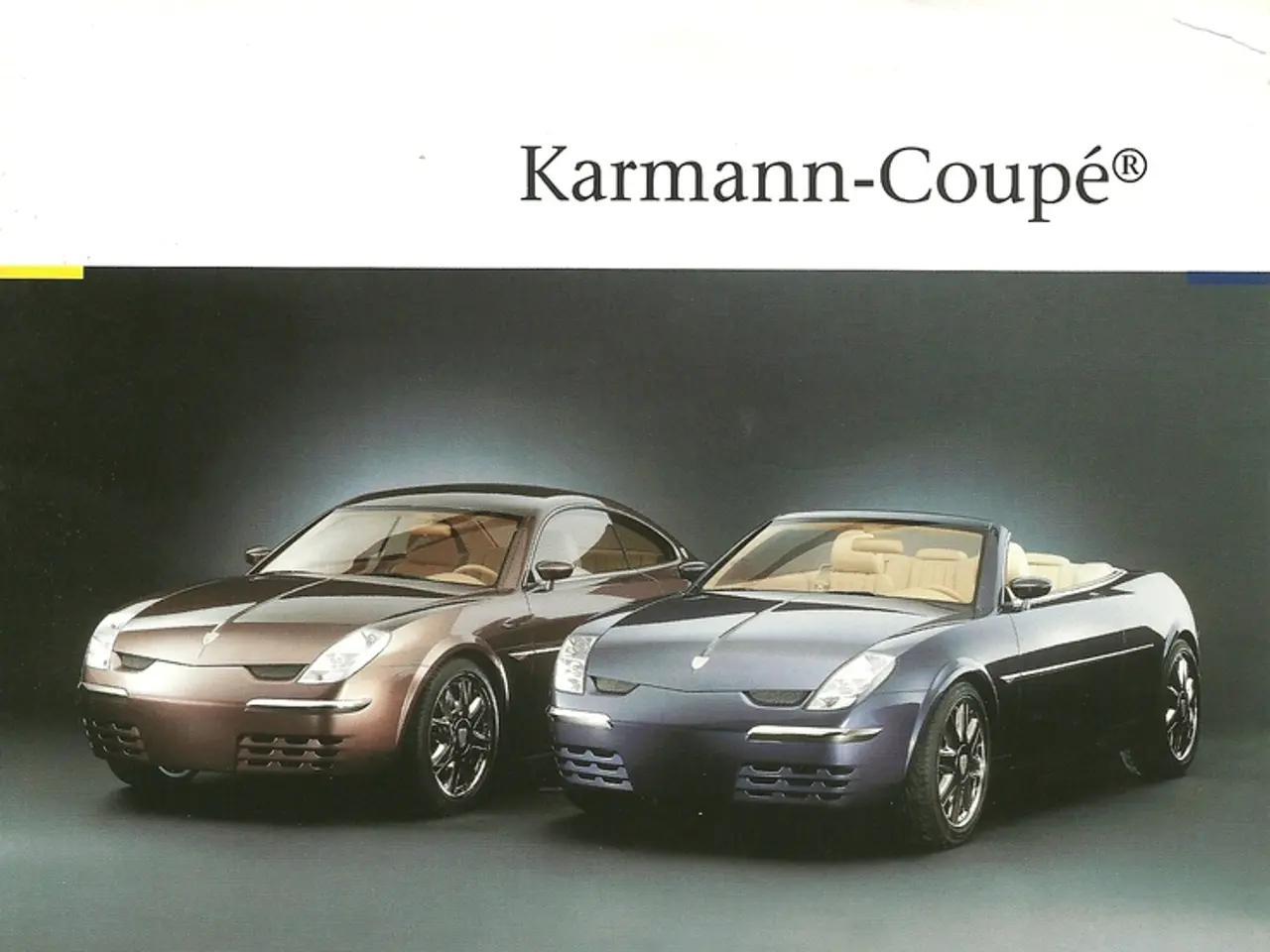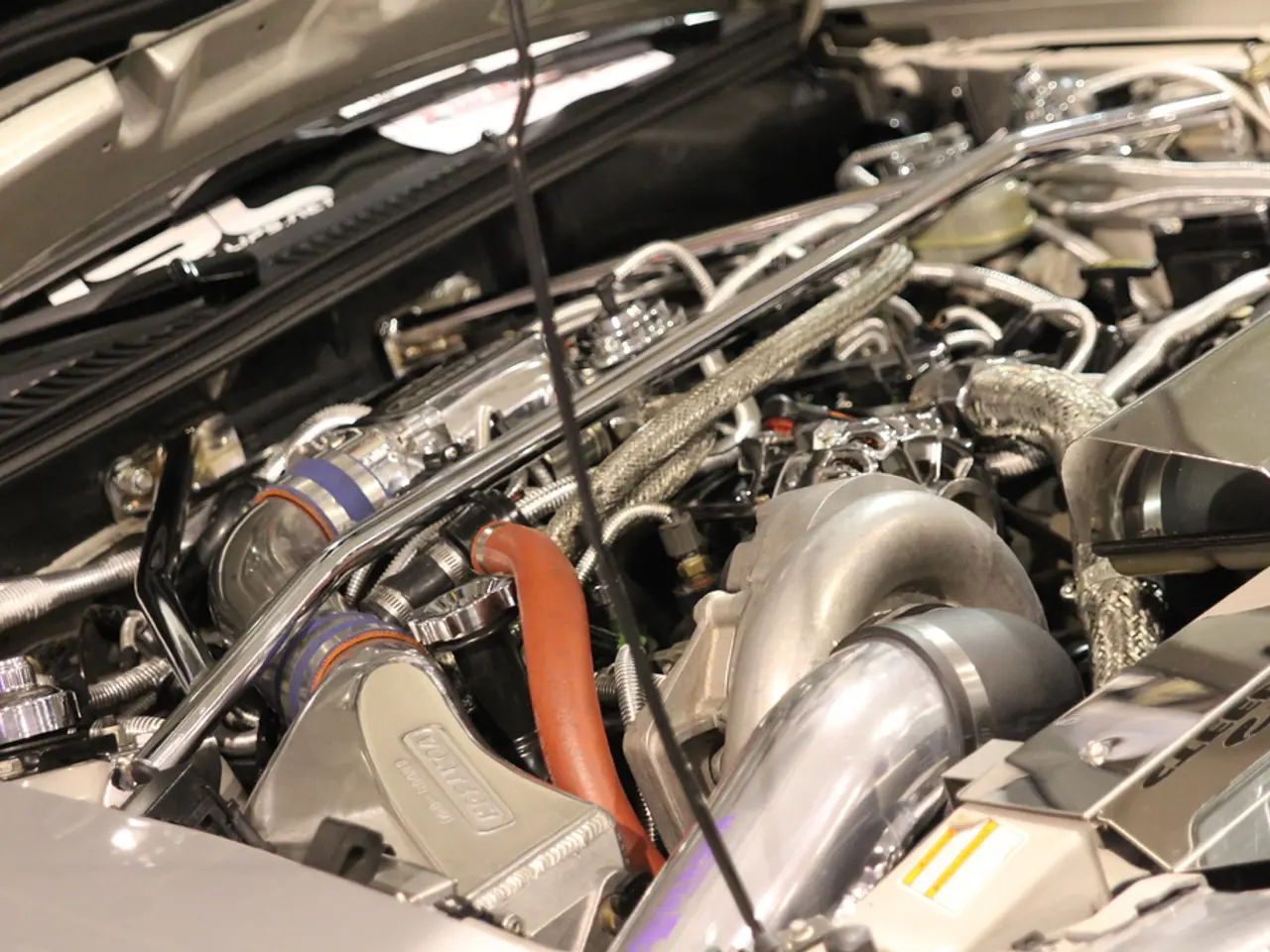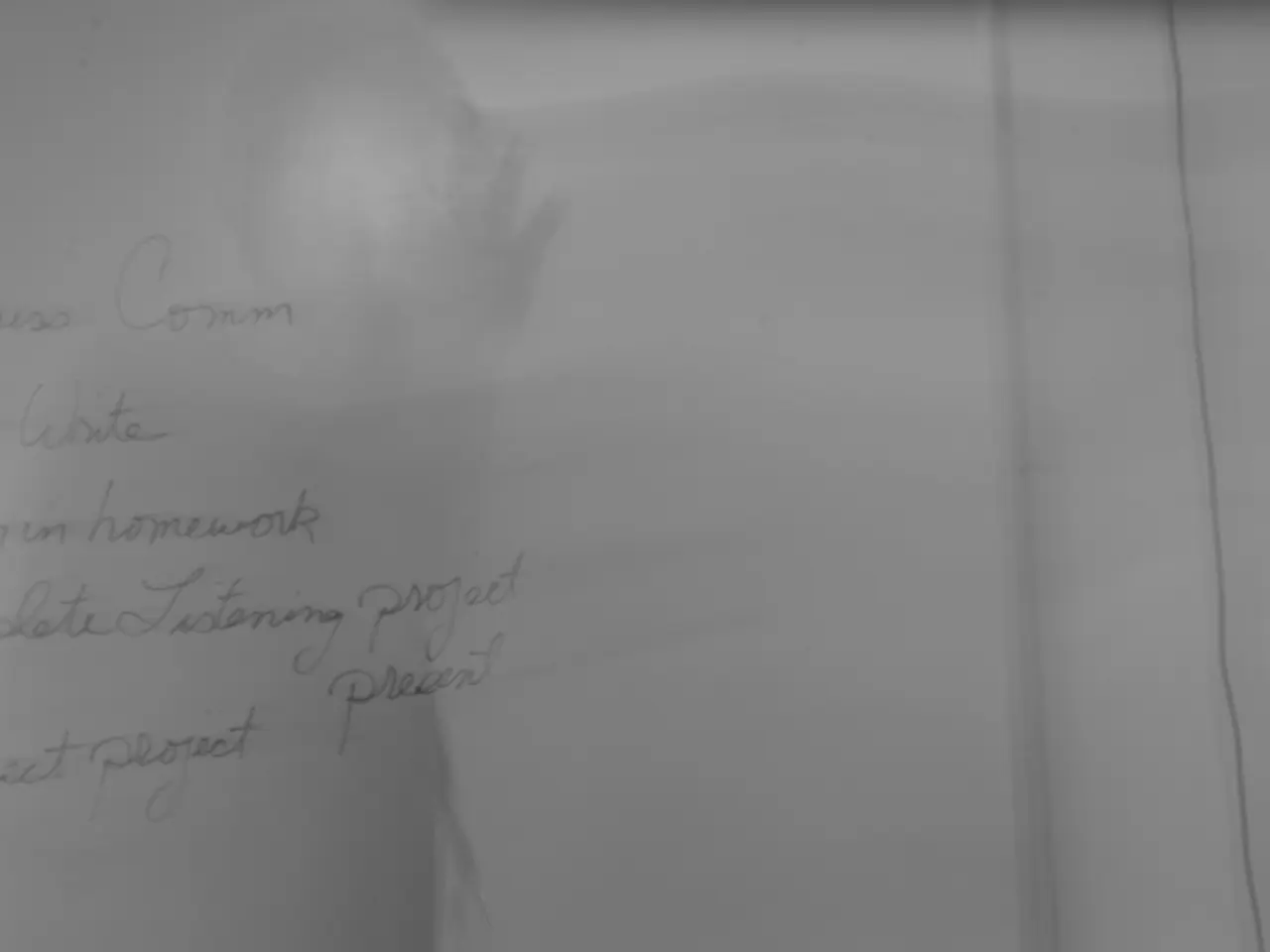Car production in Romania experiences a 2.8% decrease in the first half, with a slight recovery in June contributing narrowly to the overall figures.
Romania's automobile production saw a 2.8% year-on-year (y/y) decrease in the first half of 2025, totaling 284,216 units, according to data published by the Romanian Automobile Manufacturers Association (ACAROM).
In June 2025, the combined output at the country's two major car plants, Dacia and Ford Otosan, increased by 15.2% compared to the same month in 2024, reaching 53,035 units. Dacia produced 27,968 units in June, while Ford Otosan manufactured 25,067 units.
However, the first half of 2025 saw a different story for both plants. Dacia's production decreased by 7.5% compared to the same period in 2024, amounting to 157,206 units. On the other hand, Ford Otosan experienced a significant surge in production, with a 26% increase compared to the same period in 2024, producing 127,010 units.
The contraction in Dacia's production had a negative impact on the national output in the first half of 2025. This decline in production volumes was attributed to multiple factors, including a contraction in the domestic car market, declining sales of key brands like Dacia, and a broader European market slowdown.
The electric vehicle (EV) segment also contracted sharply, losing 46.1% market share due to subsidy cuts in 2024, which further suppressed production incentives. On a continental scale, Europe’s new car registrations declined somewhat, with Romania suffering the largest drop in car sales (down 50%), indicating regional economic pressures, high prices, and geopolitical tensions that dampened consumer demand and production.
There is no evidence from available data of production disruptions like plant closures or strikes, so the decrease appears demand-driven rather than supply-driven. Despite the June surge, there is currently no evidence of a potential recovery in Romania's automobile production in the second half of 2025.
[1] ACAROM data, Q1 and Q2 2025 [2] Rheinmetall investment news, Q2 2025 [3] European Automobile Manufacturers Association (ACEA) data, H1 2025
The decline in Dacia's production and the contraction in the domestic car market negatively affected Romania's automobile production in the first half of 2025, causing a 2.8% decrease in total units produced, as indicated by ACAROM data. This trend also extends to the finance sector, as reduced sales of key brands like Dacia have impacted revenues for the automotive industry. Meanwhile, Europe's new car registrations dropped significantly in H1 2025, with Romania experiencing the largest decline, suggesting ongoing economic pressures and geopolitical tensions that may affect the future of the transportation sector in the country.




